
Sure, a spoonful helps the medicine go down, but what else can it do?
1. Americans eat 76.7 pounds of it each year
According to 2012 statistics compiled by the U.S. Agriculture Department, the keeper of the statistics on America's sweet tooth, the grand total amount of sugar consumed by the average American is 76.7 pounds every year. That breaks down to 22 teaspoons of sugar a day per person.
Much of that comes from unexpected sources, such as in cranberries and Clamato juice, as "Last Week Tonight" host John Oliver pointed out in a recent episode. The total annual figure is down from previous studies that estimated we consume 95 to 100 pounds of sugar each year.
Still, 75 pounds is a lot of sugar.
2. It can make you stupid
A May 2012 study showed that eating a diet high in fructose over a long period of time can impair your brain's ability to learn and then remember information.
The research, published in the Journal of Physiology was done on rats, but our brains are similar enough to the rodents that the findings extend to humans.
There is hope: the same research found that eating a diet high in omega-3 fatty acids (including salmon and flaxseed oil) can counteract the effect.
3. It doesn't make kids hyper
This is a tough one to believe if you've witnessed kids near the end of a cake and ice cream party. Sugar sure seems to have a buzzing effect on kids (and adults). But according a 1994 double-blind research study in the New England Journal of Medicine, a sugary diet does not have an adverse effect on the behaviour or cognitive skills of children.
Sugar does, however, change one thing: parents' expectations. Another study by the National Institutes of Health found that after hearing their children had just eaten a lot of sugar, parents were more likely to say their kid was hyperactive - even when the supposed sugar fix was actually a placebo.
4. Brown sugar is no better for you than white
If it's brown, it's better for you than white, right? Maybe when it comes to rice and, in most cases, bread, but not so much when it comes to sugar.
Brown sugar is actually just refined white sugar with molasses added. While molasses adds a touch more minerals to each spoonful (calcium, potassium, iron and magnesium), those amounts are so scarce they hardly justify the calories.
5. Brown bread can contain more sugar than white bread
Speaking of brown, brown bread may not always be all that it's made out to be.
Brown bread is, in general, more nutritious than white bread. Brown breads made from whole wheat usually contain more fibre than white bread, as well as higher amounts of important nutrients such as vitamins B-6 and E, magnesium, folic acid, copper, zinc and manganese.
That said, an analysis done by the English newspaper, The Telegraph, found that five of 15 surveyed brown loaves contained a form of added sugar that was not present in white bread loaves. Bread manufacturers explained the added sugar was meant to counteract the "bitter" taste of wholemeal flour. They argued that the added sugar amounts was negligible. Nonetheless, the findings are food for thought.
6. It helps budding flowers compete
This one is a little complicated - and surprising. It's known that wildflowers generally don't stand a good chance of lasting in a given field of grasses. That's because most grasses grow so aggressively that they quickly outcompete the less hardy newcomers.
One way to change the equation, found a recent study in the Journal of Vegetation Science, is to add sugar to the soil.
The researchers (who were based in Estonia) added 1 kilogram of sugar per square meter every year for 10 years. The sugar, it turns out, lends microbes in the soil a boost, and since microbes, too are competing with the established plants for carbon, the established plants grow more slowly. Since it's generally easier to compete with microbes than with established grassy plants, the sugar treatment leaves room for pretty flowers to take root.
So sprinkle sugar in a grassy field and more wildflowers will grow.
7. It activates our brains like cocaine
Eating high-sugar foods lights up your brain on an MRI in the same areas that are triggered by cocaine or heroin, according to research by Dr. David Ludwig, director of the New Balance Foundation Obesity Prevention Centre at Boston Children's Hospital.
His findings support earlier research on rats that showed how addictive the sweet stuff can be. A 2007 study in the journal PLOS1 that showed that 94 percent of rats that were allowed to choose between sugar water and cocaine, chose sugar.
Even rats who were addicted to cocaine switched their preference to sugar, once it was offered as a choice.
Top image: Macro photograph of a pile of sugar (saccharose). Credit: Lauri Andler/Wikimedia Commons.

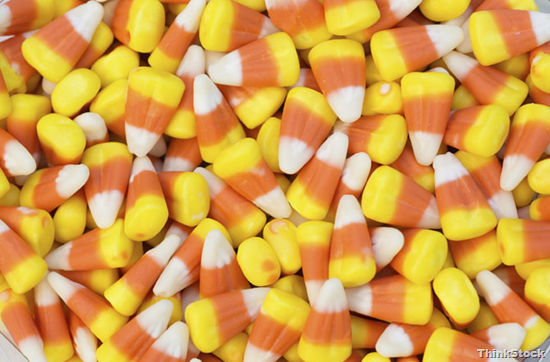
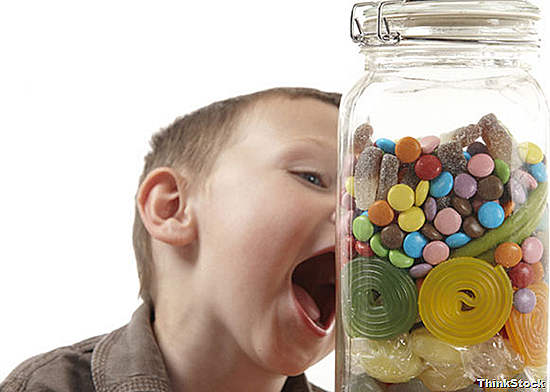
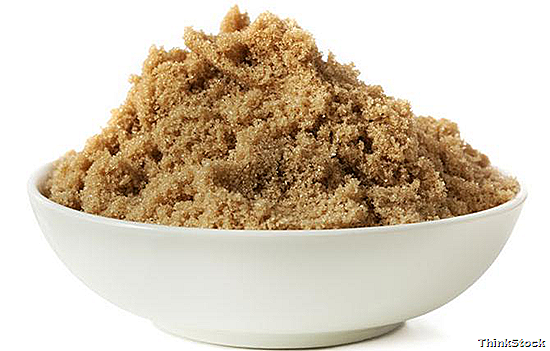
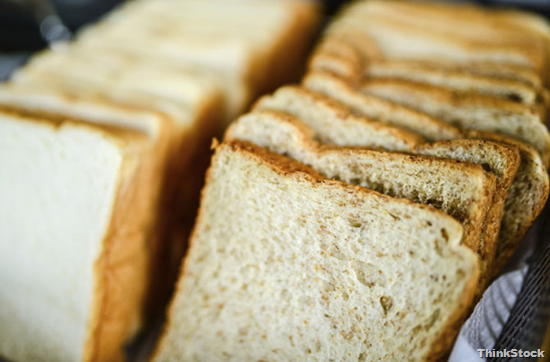
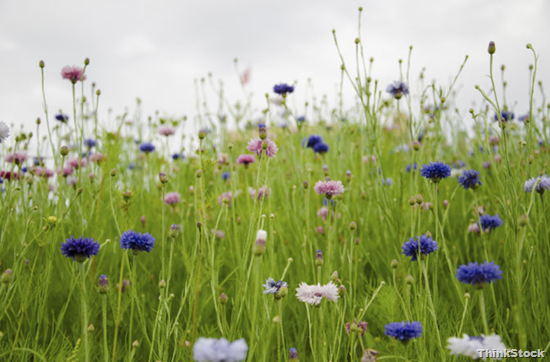
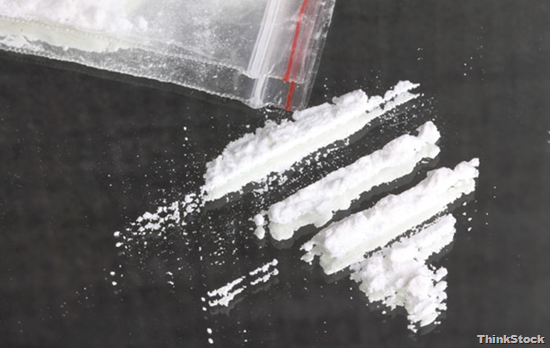
No comments:
Post a Comment
Please adhere to proper blog etiquette when posting your comments. This blog owner will exercise his absolution discretion in allowing or rejecting any comments that are deemed seditious, defamatory, libelous, racist, vulgar, insulting, and other remarks that exhibit similar characteristics. If you insist on using anonymous comments, please write your name or other IDs at the end of your message.